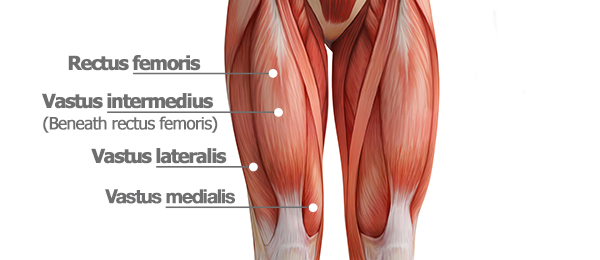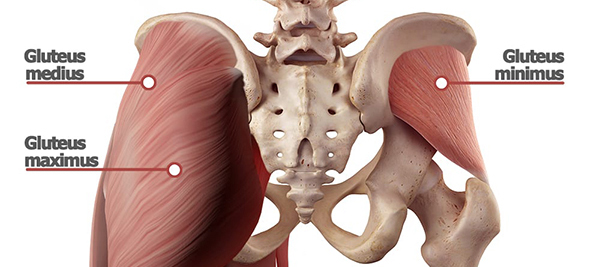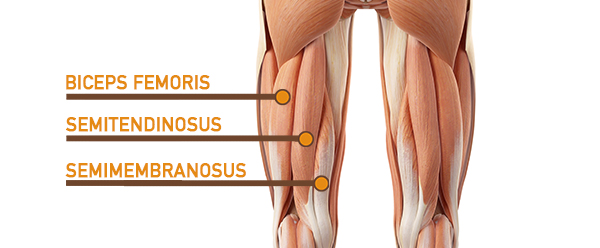When you practice proper form, squats fire up nearly every muscle in your lower body, from your quads and hamstrings, to your lower back and core.
But if you’re ready to increase the burn, try adding in some squat pulses.
A staple of any barre class, squat pulses significantly reduce your range of motion in a squat, which keeps constant tension on the muscles, making the move significantly harder.
“Squat pulses are a great way to work on building endurance, especially as you progress in terms of duration,” says Aaron Leventhal, CSCS, former professional soccer player and owner of Minneapolis-based Fit Studio.
Squat Pulses: Step-by-Step Instructions
- Stand tall with your feet shoulder-width apart and arms by your sides.
- Keeping your back flat, torso bent at 45 degrees, and core braced, lower your body as low as you can go without breaking form (focus on keeping your knees wide) and hold there. The goal is for your thighs to reach parallel to the floor — don’t go past parallel.
- Bring your palms together in front of your chest in a “prayer position.” If you find balance a challenge, then stretch your arms straight out in front, but be sure to keep your chest up.
- Pulse a few inches up and back down to parallel, establishing a rhythm.
Squat Pulse Variations
Many find it’s best to progress with squat pulses by time instead of reps. So, instead of doing 50 squat pulses, try doing one full minute, and go slower for your reps.
If you’re compromising form at any point, i.e. leaning forward too much, rounding your back, knees are buckling inward, etc., that’s your max time.
Build up from there on your next session, Leventhal suggests.
If you’re able to do at least a minute of squat pulses with good form, you may want to consider progressing. Here are a few options:
- Slow your tempo as you lower into the squat and hold the low position for a two-count.
- Add weight by holding either a weight plate, a dumbbell, or a kettlebell close to your chest.
- Change into a wide-stance squat pulse, which can be particularly effective for targeting your glutes.
- In a wide-stance squat pulse, raise the heel on one foot for 10 seconds, then change sides.
“As you’re able to do squat pulses for longer periods of time, adding weight or balance will help you increase intensity,” Leventhal says.
Muscles Worked by the Squat Pulse
With squat pulses, that constant tension, even for a minute, makes these muscles put in the work.
Quads
Since you’re not dipping down below parallel as you would in a standard squat, your quads stay engaged throughout the entire movement.
Glutes
You’ll tighten the gluteus region to maintain stability, especially with a wider stance.
Hamstrings
Similar to quad action, your hamstrings will have to stay engaged to keep you stabilized.
Core
We tout this as a lower body exercise but your core muscles will be lit up throughout the move, particularly if you add weight, since your core will work to keep you centered and to prevent injury.
The post Squat Pulses: The Lower Body Exercise Your Workout Is Missing appeared first on The Beachbody Blog.




0 Comments